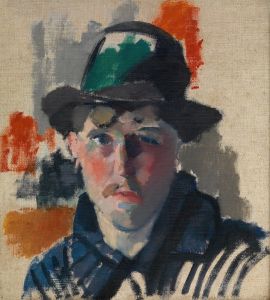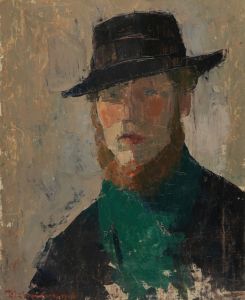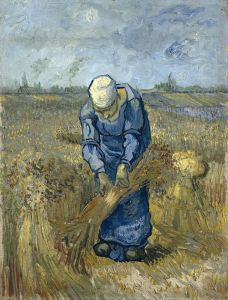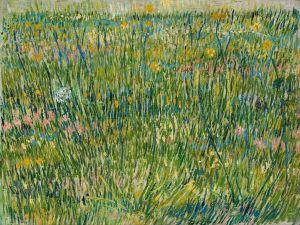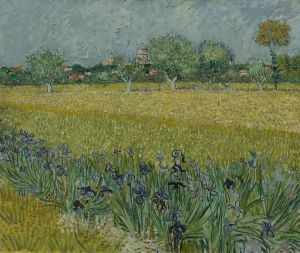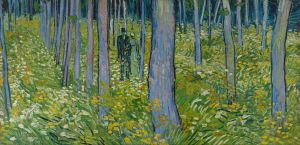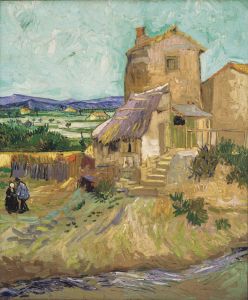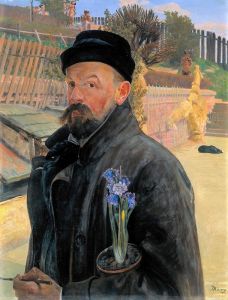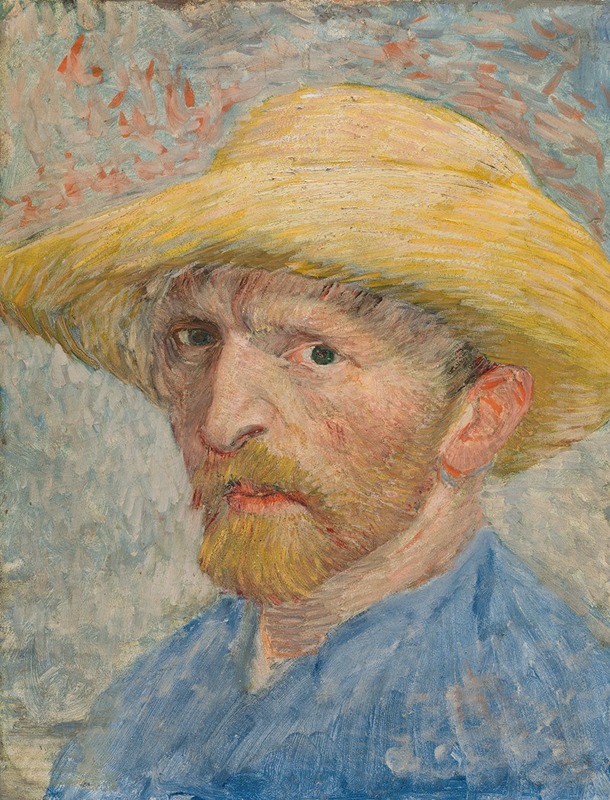
Self-Portrait
A hand-painted replica of Vincent van Gogh’s masterpiece Self-Portrait, meticulously crafted by professional artists to capture the true essence of the original. Each piece is created with museum-quality canvas and rare mineral pigments, carefully painted by experienced artists with delicate brushstrokes and rich, layered colors to perfectly recreate the texture of the original artwork. Unlike machine-printed reproductions, this hand-painted version brings the painting to life, infused with the artist’s emotions and skill in every stroke. Whether for personal collection or home decoration, it instantly elevates the artistic atmosphere of any space.
Vincent van Gogh's "Self-Portrait" is one of the many self-portraits created by the Dutch post-impressionist painter. Van Gogh painted over 30 self-portraits between the years 1886 and 1889, reflecting his ongoing exploration of self-representation and his interest in the human face as a subject. These works are significant not only for their artistic value but also for the insight they provide into the artist's life and mental state during his most productive years.
The "Self-Portrait" in question is believed to have been painted in 1889, during Van Gogh's stay at the asylum in Saint-Rémy-de-Provence, France. This period was marked by intense emotional turmoil and frequent bouts of mental illness, which Van Gogh sought to manage through his art. The self-portraits from this time are characterized by their vivid colors, expressive brushwork, and a palpable sense of introspection.
In this particular self-portrait, Van Gogh depicts himself with a somber expression, wearing a blue jacket and a yellow straw hat. The background is a swirling pattern of blues and greens, typical of the dynamic and emotive style he developed during his time in the south of France. The use of color is particularly striking, with the contrasting hues of the background and the figure creating a sense of depth and movement. Van Gogh's brushwork is bold and textured, adding to the emotional intensity of the piece.
The self-portrait is notable for its psychological depth. Van Gogh's gaze is direct yet contemplative, suggesting a moment of self-reflection. The choice of colors and the intensity of the brushstrokes convey a sense of inner turmoil and vulnerability, offering viewers a glimpse into the artist's psyche. This painting, like many of Van Gogh's self-portraits, serves as a visual diary, capturing his emotional state and his ongoing struggle with mental health.
Van Gogh's self-portraits are also significant for their contribution to the post-impressionist movement. His innovative use of color and expressive technique influenced many artists who followed, and his self-portraits, in particular, have been studied for their unique approach to capturing the human spirit. The emotional honesty and rawness of these works continue to resonate with audiences today, making them some of the most celebrated pieces in Van Gogh's oeuvre.
This "Self-Portrait" is housed in the Musée d'Orsay in Paris, where it remains a highlight of the museum's collection. It is a testament to Van Gogh's enduring legacy as one of the most influential figures in Western art history. His ability to convey complex emotions through his art has left a lasting impact, and his self-portraits, in particular, continue to captivate and inspire viewers around the world.





